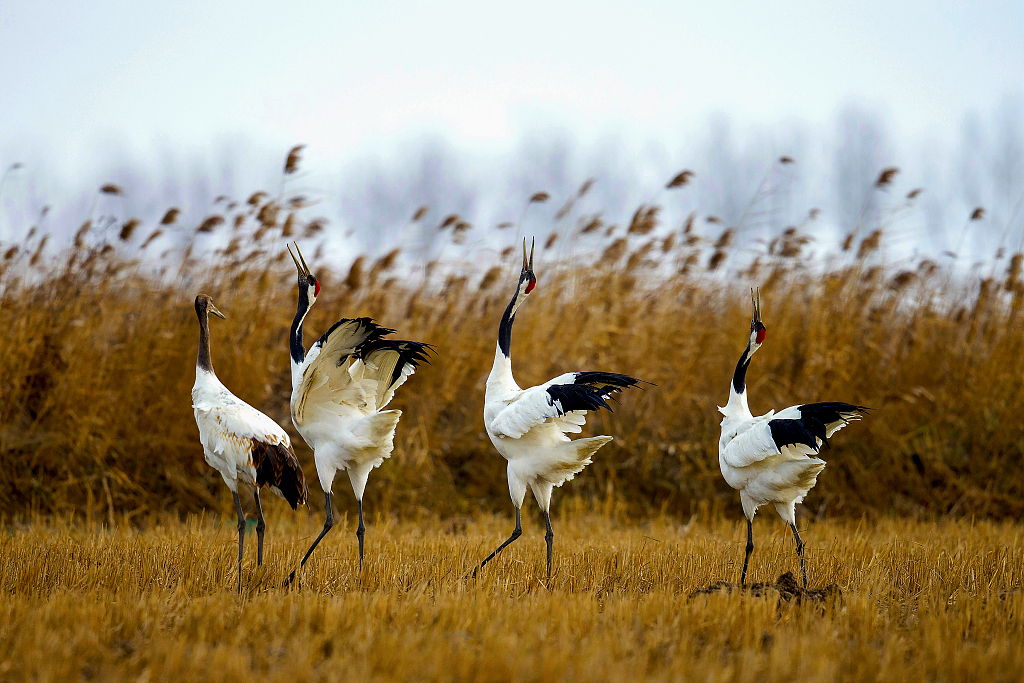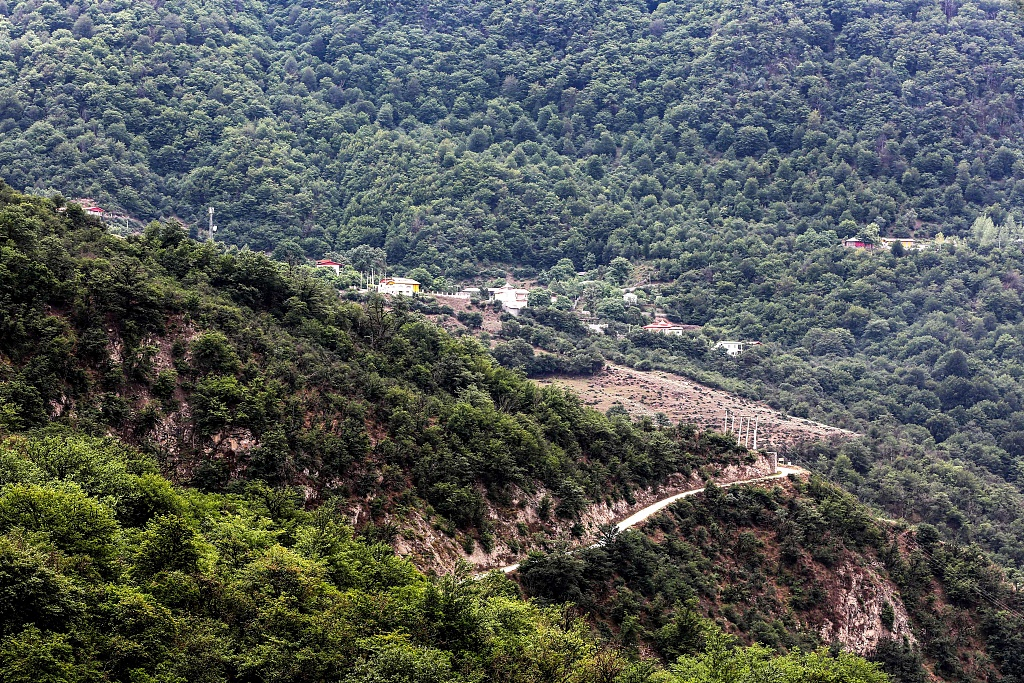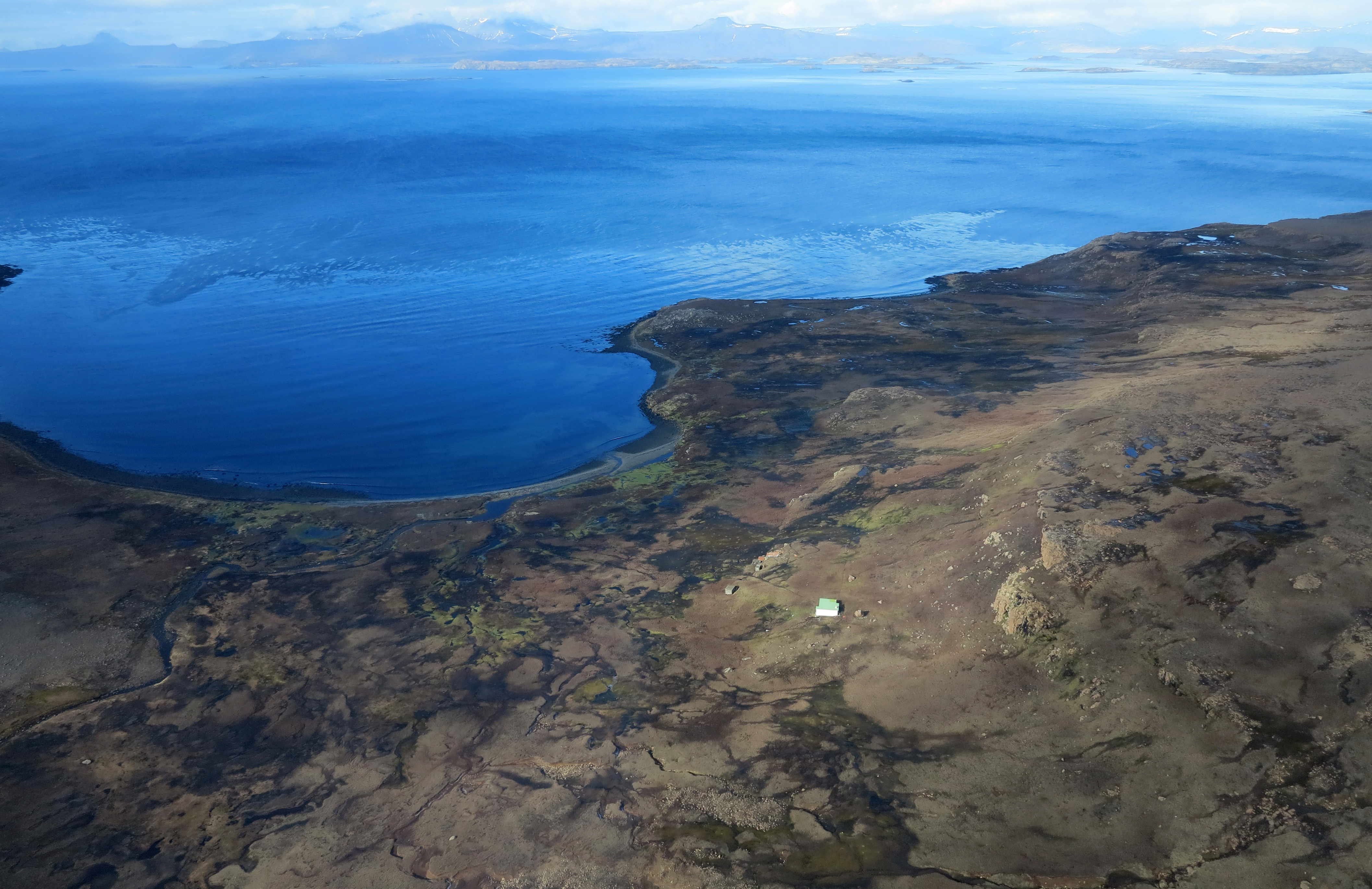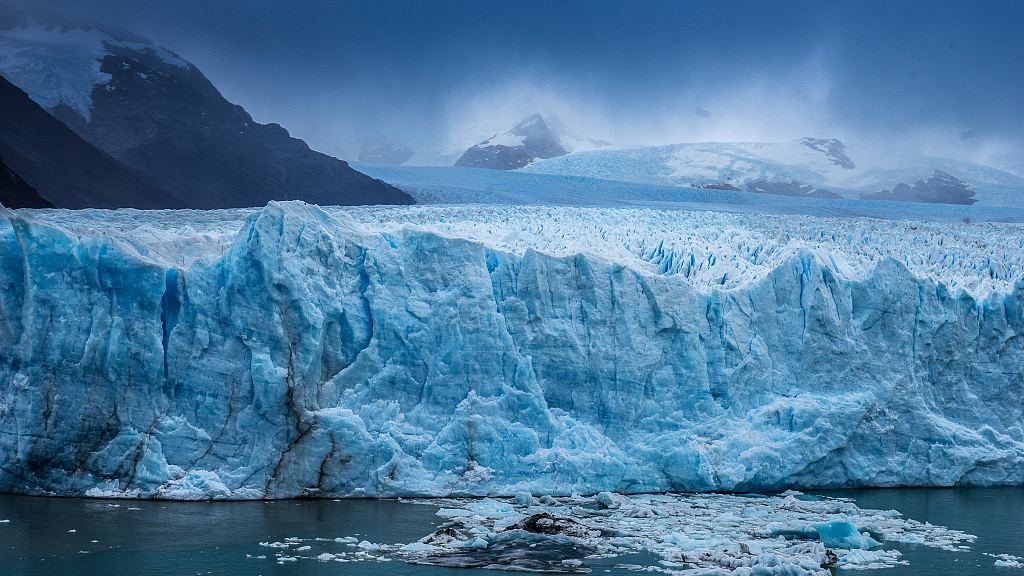
After China's Migratory Bird Sanctuaries along the coast of the Yellow Sea-Bohai Gulf (Phase I) were added to the World Heritage List as a natural site, three other sites in Iran, France and Iceland have also been granted the honor. Let's take a look at the natural charm they carry.
China: Migratory Bird Sanctuaries along the coast of Yellow Sea-Bohai Gulf of China (Phase 1)

Red-crowned cranes. /VCG Photo
Located in east China's Yangcheng city, the area features the largest intertidal mudflat system in the world. These fertile mudflats facilitate the growth of different fish species and crustaceans. The site is also a combination of forests, marine life and wetlands and attracts migratory birds as they fly from East Asia to Australia. An important stopover for billions of birds to rest and nest, the Jiangsu Province site lives up to its name by sheltering migratory and endangered birds.
Iran: Hyrcanian Forests

Hyrcanian Forests. /VCG Photo
The Hyrcanian Forests possess remarkable floral biodiversity. Forty-four percent of the vascular plants known in Iran are found in the Hyrcanian region. It is also home to 180 species of birds typical of broad-leaved temperate forests and 58 mammal species, including the iconic Persian Leopard. The history of the forests dates back 25 to 50 million years.
France: French Austral Lands and Seas

French Austral Lands and Seas. /VCG Photo
The French Austral Lands and Seas are a group of extremely isolated volcanic islands, comprising four main land masses and 60 small sub-Antarctic islands, in the southern Indian Ocean. It is home to a high population of birds and marine mammals and boasts the world's largest colony of King Penguins and Atlantic yellow-nosed albatrosses. The area's extreme isolation from human disturbance makes it an ideal spot for scientific research on the evolution of plant and animal life.
Iceland: Vatnajökull National Park – dynamic nature of fire and ice

Taking up around 14 percent of Iceland's territory, the park has a whole series of natural treasures ranging from spectacular landscapes and glacial ice to volcanoes. When the volcanoes erupt, they interact with the rifts underneath the ice cap and create breathtaking formation and systems. One fascinating example is jökulhlaup, a sudden flood caused by the breach of the margin of a glacier during an eruption, which has led to the emergence of unique sandur plains, river systems and canyons.
(Cover image via VCG)
(If you want to contribute and have specific expertise, please contact us at nature@cgtn.com.)

Copyright © 2018 CGTN. Beijing ICP prepared NO.16065310-3
Copyright © 2018 CGTN. Beijing ICP prepared NO.16065310-3